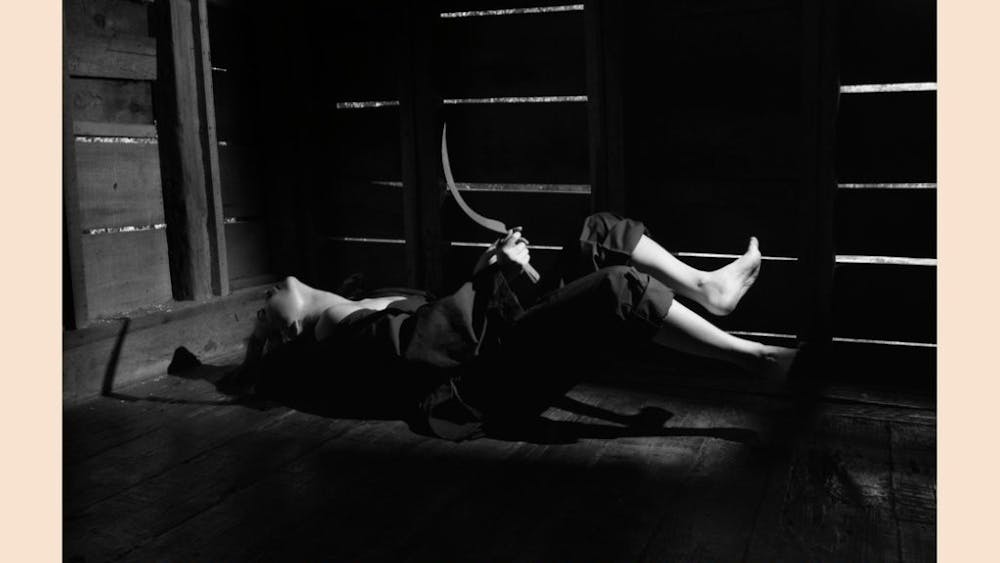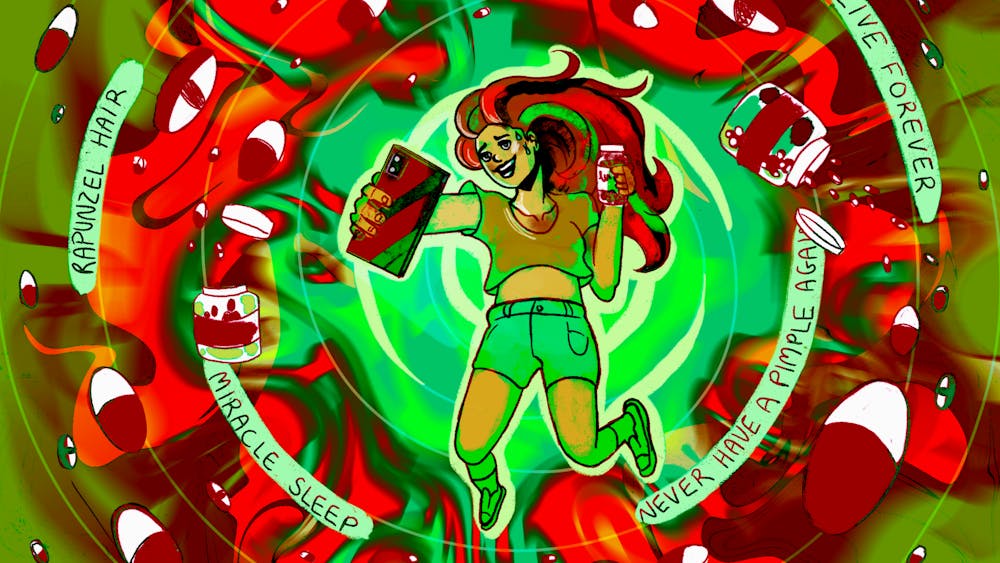“The U.S. Senate has an opportunity today to consolidate a fundamental change which reformers in both parties have struggled to achieve for a generation. This reform would relax the Senate’s stringent pro-filibuster rule and make it easier for the democratic principle of majority government to prevail.”
Unfortunately, this passage did not come from any newspaper today. This was in a New York Times editorial from Feb. 24, 1975, immediately before the Senate reduced the number of votes needed to overcome a filibuster from 67 to 60.
Everyone has recently decided to comment on the gridlock status of the Senate. The cover of this week’s issue of Time depicted the Capitol building frozen in a block of ice and purported to explain “Why Washington is Frozen.” New York Times columnist Paul Krugman compared Congress to the legislature of 18th century Poland, the Sejm, pointing out that it operated under the unanimity principle and resulted in an ungovernable Poland.
But few people have been discussing practical ways to remedy the situation beyond increases in fairy-dust-and-rainbows “bipartisanship” and convincing Republicans to be less stubborn. That is, except for Indiana’s own senator.
“When too many of our citizens take an all-or-nothing approach, we should not be surprised when nothing is the result,” Evan Bayh remarked in an op-ed in Saturday’s New York Times about why he’s leaving the Senate.
“In many ways, our representatives in Washington reflect the people who have sent them there,” he wrote. And nothing quite embodies the all-or-nothing approach our representatives are reflecting quite like the filibuster.
Bayh goes on to suggest that the number of votes needed to overcome a filibuster should be reduced to 55 from 60. He wrote, “During my father’s era, filibusters were commonly used to block civil rights legislation and, in 1975, the requisite number of votes was reduced to 60 from 67. The challenges facing the country today are so substantial that further delay imperils the Republic and warrants another reduction in the supermajority requirement.”
I couldn’t agree more. Not only are the challenges facing America substantial, but they are also controversial and bound to effectuate divisive voting.
Moreover, Senate culture has drastically shifted from what a Congressional Research Service report described as the practice of “traditions of comity, courtesy, reciprocity and accommodation,” to, well, what we have now.
So far, the 111th Congress has had 43 cloture votes (votes to end a filibuster) and is well on its way to breaking the record currently held by the 110th Congress, which boasted 112.
Not only had filibusters been increasing beforehand, but the 110th Congress from 2006 to 2008 also saw a massive hike. It appears there will have been an even larger increase from 2008 to 2010.
It is imperative for our national progress that the Senate reduce the supermajority threshold. I’m convinced it’s the only pragmatic way the Senate can be relieved from its inhibited state.
And what if it doesn’t? What if we keep the status quo and gridlock goes on? Well, New York Times columnist Nicholas Kristoff estimated that by 2303 every single penny of our gross domestic product will go toward health care.
E-mail: akames@indiana.edu
60-vote gridlock
Get stories like this in your inbox
Subscribe





